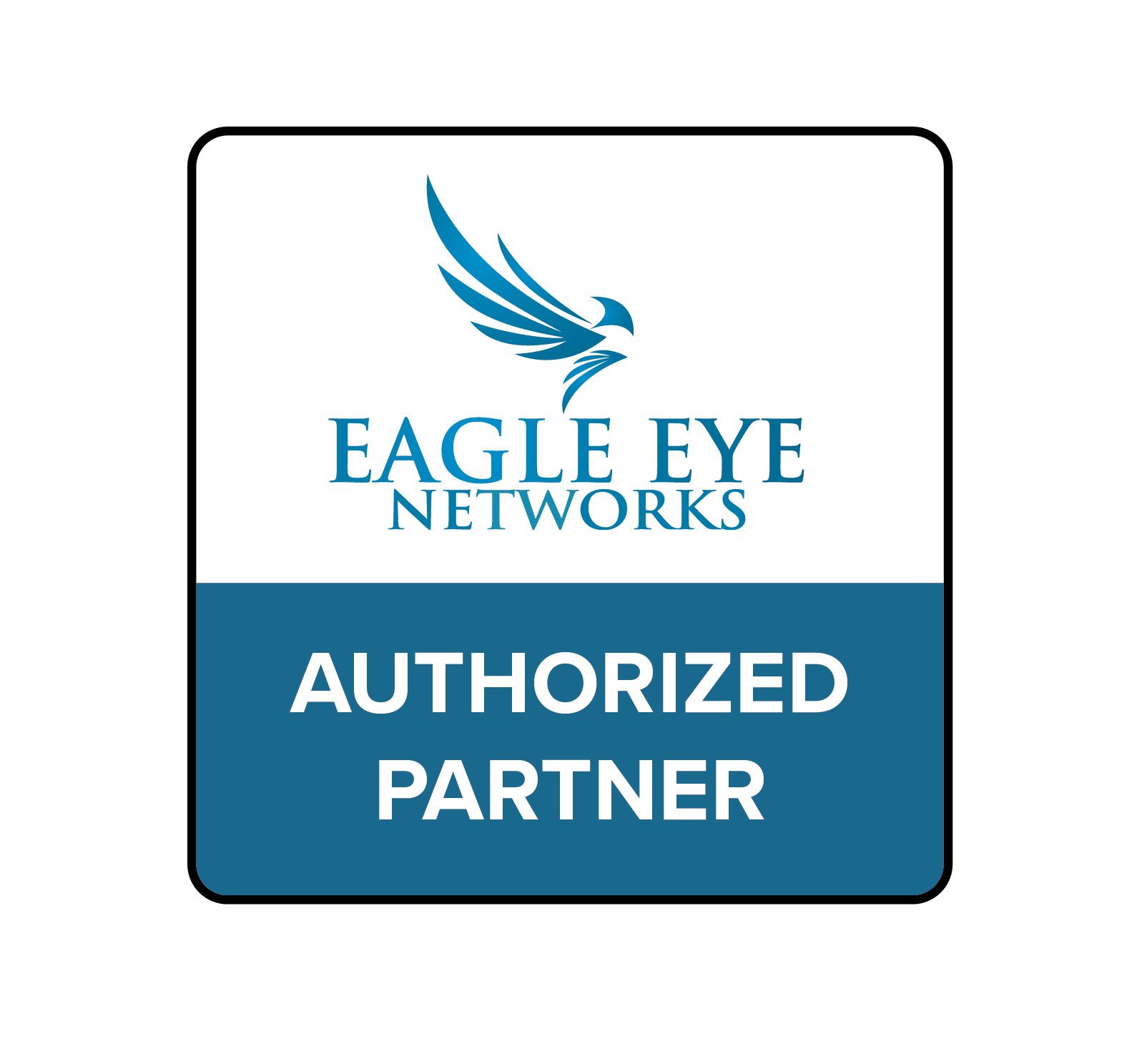When considering installing a video surveillance system in your home, it can be easy to get caught up in the number of available options. You can end up spending thousands of dollars on a state-of-the-art system, but do you need all available options or a basic system? Two of the most important things to consider are your options for video surveillance cameras and how you will capture the camera’s feed.
Considering options for video surveillance cameras
Video surveillance is what allows you to see what is going on around your home, even when you are not there. Cameras come with a number of options and upgrades that can enhance the details of what you can see.
Video quality is one important factor to consider when choosing a camera for your video surveillance system. Surveillance cameras don’t take the same quality video that you see on television or at the movies. A typical camera used for home security captures between 8 and 15 frames per second (fps). Casinos and police video surveillance systems use cameras that capture 30 fps. There is no need to choose cameras with the highest fps rate on the market. A camera with a 15 fps rate will capture enough detail to identify most people who come within its range.
Do you need movement capabilities like tilt, zoom, or panning for your surveillance cameras? When you add movement to a camera, you are adding a lot of cost as well. Most home security cameras are fixed in one position, pointing at a specific view (front door, driveway, back door, etc.). In most cases, you are not going to be actively monitoring the surveillance camera. Not being at home to monitor the camera defeats the purpose of being able to actively move and adjust the camera’s angle.
Consider if you would like your cameras to see clearly at night. Intruders often use the cover of darkness to mask their approach, so having cameras equipped with some form of night vision can be useful. Infrared cameras use LEDs to create the infrared light the camera can see.
You can also consider whether you would like color or black and white camera footage. Having color cameras in a home security system may seem logical. However, color footage can actually be a detriment. Color cameras do not get the best resolution in low light conditions, while black and white cameras have good resolution in low light. In addition, color cameras are more expensive than black and white cameras.
Capturing the video surveillance camera feed
Besides cameras, you will need a device that captures what the cameras are seeing. In the past, capturing video surveillance was done with a VCR and an endless amount of video tape. Today, DVRs are the standard recording devices for video surveillance systems.
DVRs connect to cameras using cables or through a wireless connection. A DVR can only handle a certain number of cameras or wireless channels. Most DVRs can handle four or eight channels, so if your home has four cameras, you can use a single four-channel DVR. If you have five or more cameras, you will need to choose whether to use a single eight-channel DVR or two four-channel DVRs.
You also need to consider how much storage a DVR has. An older DVR might offer 30 gigabytes that can capture 30 hours of black and white footage. Modern DVRs have 500 gigabytes (0.5 terabyte) and are considered sufficient for video surveillance systems that monitor 24/7. Of course, you can add more storage space if needed, but that is an additional cost to your video surveillance system.
The best way to address your home’s security needs is to have a professional assess your situation and provide recommendations. The experts at 1st Alarm can help you choose a home security system or video surveillance system for your home. Call us today at 1(800) 276-5559 or send us an email with your questions and concerns or to get a quote. We provide services throughout West Texas and the Texas Panhandle, with locations in Midland, Odessa, Amarillo, Lubbock, Abilene, El Paso, and San Angelo.
 ALARM.COM LOGIN
ALARM.COM LOGIN

Comments are closed.